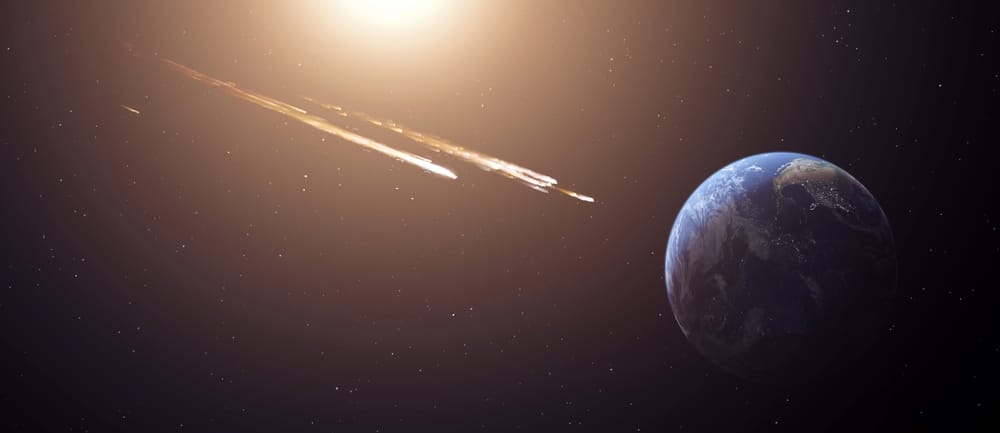Scientists worldwide were caught off guard on Wednesday when a previously undetected asteroid collided with Earth’s atmosphere.
The one-meter (3ft) wide asteroid was spotted just eight hours before it burned up over the Philippines in a spectacular fireball.
Luckily, the asteroid, named 2024 RW1, was too small to cause any damage.
However, its sudden arrival reminds us of the dangers lurking within our solar system.
Experts warn that several asteroids, from the so-called ‘Valentine’s Day asteroid’ to deadly space rocks almost a mile wide, are at risk of smashing into Earth.
Asteroids colliding with Earth is far from an uncommon event.
NASA estimates that about 48.5 tonnes of meteoric material falls on Earth each day.
However, most of these objects simply burn up in the atmosphere to produce the flashing lights we recognise as shooting stars.
Objects large enough to punch through the atmosphere and actually collide with Earth are far rarer and don’t often come within Earth’s orbit.
Of course, just because asteroid collisions are unlikely, it does not mean they are impossible – and Earth already bears the scars of several such events.
Most famously, 66 million years ago a six-mile-wide (9.65km) asteroid crashed into the Yucatán peninsula in Mexico – wiping out the dinosaurs and leaving behind a 115-mile (185km) wide crater.
Even smaller rocks can have a devastating impact, as shown by the Chelyabinsk meteor, a 59 ft (18m) wide asteroid which exploded over Russia in 2013.
Despite being hundreds of times smaller than the meteor that killed the dinosaurs, the resulting shockwave injured 1,500 and damaged 7,300 buildings.
Due to these risks, NASA and the European Space Agency (ESA) operate programs aimed at identifying, categorising, and tracking so-called Near Earth Objects (NEOs).
Currently, ESA has 1,634 NEOs on its ‘risk list’ – meaning that there is a non-zero chance these objects will hit Earth.
However, at present no asteroid is ranked above one on the Torino Scale – a chart which ranges from 0 (won’t hit Earth) to 10 (will hit Earth, and will be catastrophic).










